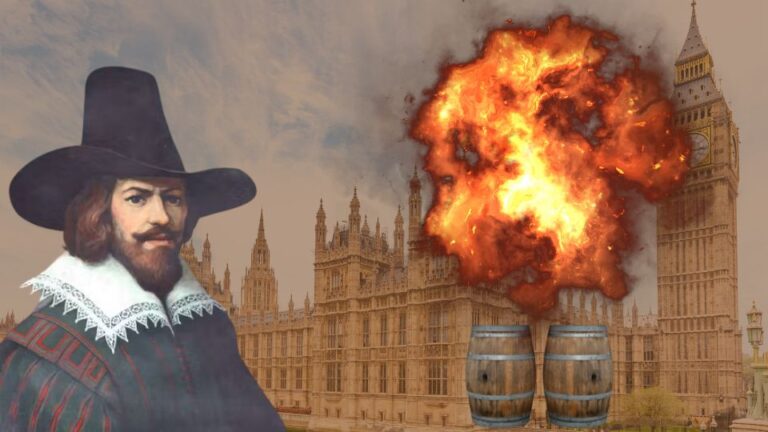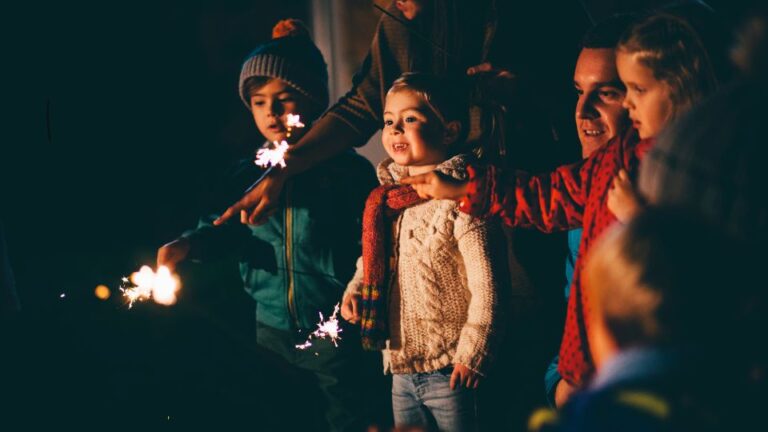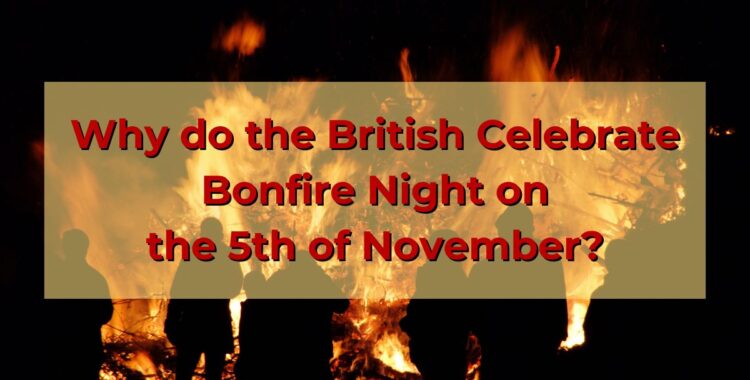5th November-Bonfire Night in the UK
Bonfire Night in the UK: History, Traditions, and Modern Celebrations
Each year on November 5th, the skies across the UK are set alight with fireworks, and communities gather around bonfires to celebrate Bonfire Night. This annual event has deep historical roots that date back over four centuries and commemorates an event that could have changed the course of British history. Here’s an in-depth look at Bonfire Night, its origins, traditions, and how it is celebrated today.
The Origins of Bonfire Night
Bonfire Night, also known as Guy Fawkes Night, dates back to November 5, 1605. The story begins with a group of Catholic conspirators, including the now-infamous Guy Fawkes, who plotted to assassinate King James I and his government by blowing up the Houses of Parliament. This conspiracy, known as the Gunpowder Plot, was driven by a desire to end the persecution of Catholics in England and to install a Catholic monarch.
The Gunpowder Plot
The plotters were a small group led by Robert Catesby, who resented the Protestant rule and hoped that by killing King James I, they could restore Catholicism in England. They smuggled 36 barrels of gunpowder into a cellar beneath the House of Lords, intending to detonate them during the State Opening of Parliament.
However, the plan was foiled at the last minute. An anonymous letter warning a Catholic peer to stay away from Parliament led authorities to search the cellars, where they found Guy Fawkes guarding the explosives. He was arrested, and the plot quickly unraveled. The conspirators were caught, tortured, and ultimately executed for treason.

The Aftermath and the First Bonfire Night
In the aftermath of the failed plot, Parliament declared November 5 a national day of thanksgiving. King James I ordered that the day be commemorated with bonfires to celebrate the safety of the king and the country. This marked the beginning of Bonfire Night, a tradition that would become deeply ingrained in British culture.
Traditions of Bonfire Night
The core elements of Bonfire Night celebrations are bonfires, effigies of Guy Fawkes, and fireworks. These customs have evolved over time but remain widely practiced today.
Bonfires
Bonfires are the centerpiece of Bonfire Night and symbolize the thwarting of the Gunpowder Plot. Originally, they were a way for communities to come together and celebrate the safety of the monarchy. In earlier times, bonfires were also lit to ward off spirits as the night falls close to Samhain, an ancient festival marking the end of harvest and the beginning of winter.
Guy Fawkes Effigies
The effigy of Guy Fawkes, often referred to simply as “the Guy,” is traditionally burned on top of the bonfire. Creating a “Guy” has become a custom, with people crafting figures from old clothes and stuffing them with straw or paper. In the past, children would ask passersby for “a penny for the Guy” to help fund their effigy-making efforts.
Fireworks
Fireworks are another key feature of Bonfire Night, symbolizing the explosives that were never detonated under the Houses of Parliament. The spectacle of bright colors and loud bangs brings communities together, adding excitement to the night and reminding everyone of the plot’s explosive origins.

Modern Bonfire Night Celebrations
Today, Bonfire Night is less about political or religious connotations and more about community, entertainment, and British tradition. Celebrations are organized at various scales, from small backyard gatherings to large public displays that attract thousands. In towns and cities across the UK, fireworks shows are held, accompanied by food stalls, music, and funfair rides, creating a festive atmosphere for families and friends.
Safety and the Environment
With modern awareness around environmental concerns and safety, there are now more guidelines in place to help keep Bonfire Night safe and eco-friendly. Many local councils encourage organized displays rather than individual bonfires to reduce pollution and risk. Additionally, some places have shifted from using traditional fireworks to quieter, eco-friendly alternatives to minimize distress to pets and wildlife.
Interesting Facts About Bonfire Night
“Remember, Remember, the Fifth of November” – This rhyme commemorating Bonfire Night is recited each year. It starts with, “Remember, remember, the Fifth of November, Gunpowder, treason, and plot…”
Other Effigies – While Guy Fawkes remains the most common effigy, other unpopular figures from British history have also been burned in the past as a form of protest.
Bonfire Societies – In towns like Lewes in East Sussex, Bonfire Night is an elaborate affair organized by Bonfire Societies, with torch-lit processions, costumes, and elaborate ceremonies.
The Legacy of Bonfire Night
Bonfire Night has come a long way since its origins in 1605. What began as a celebration of the monarchy’s safety has transformed into a beloved British tradition that brings people together. Today, it’s less about politics and more about community spirit and shared history. For many, Bonfire Night is a nostalgic reminder of childhood, community gatherings, and the timeless allure of a bonfire under a chilly November sky.
As the flames rise and the fireworks light up the night, Bonfire Night remains a unique part of British culture, symbolizing resilience, history, and celebration.
Read more HERE on Wikipedia











